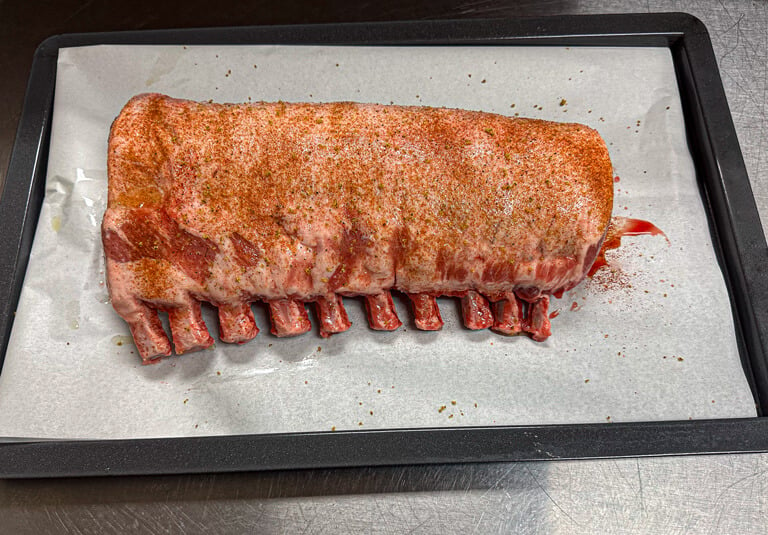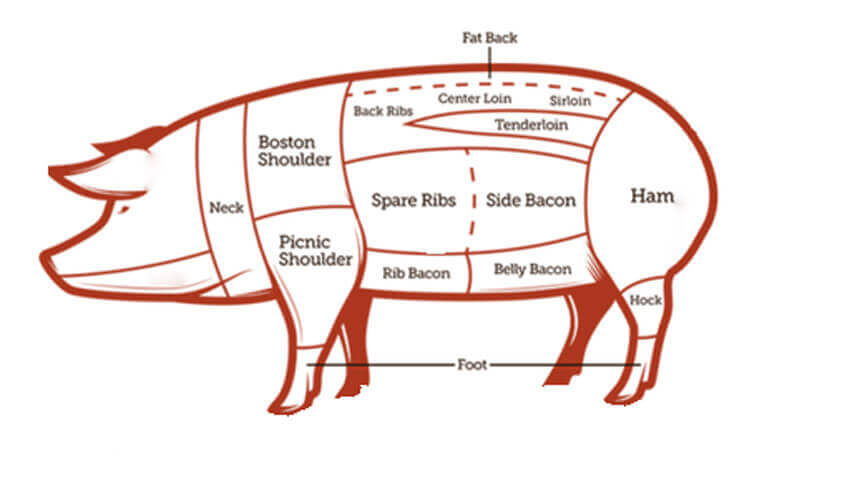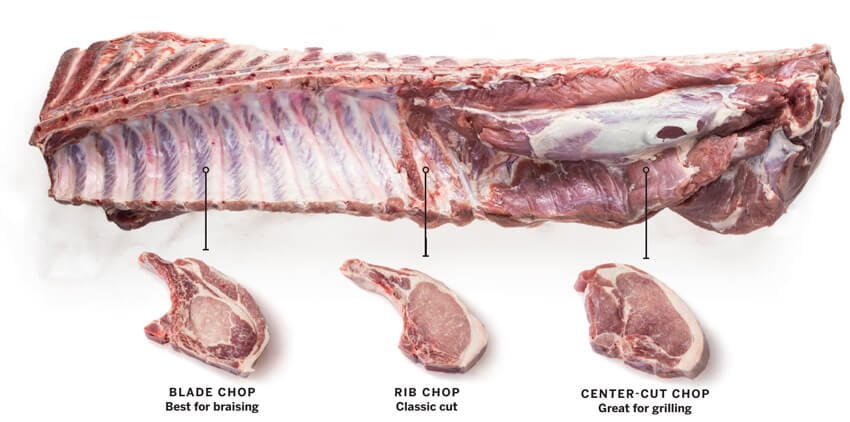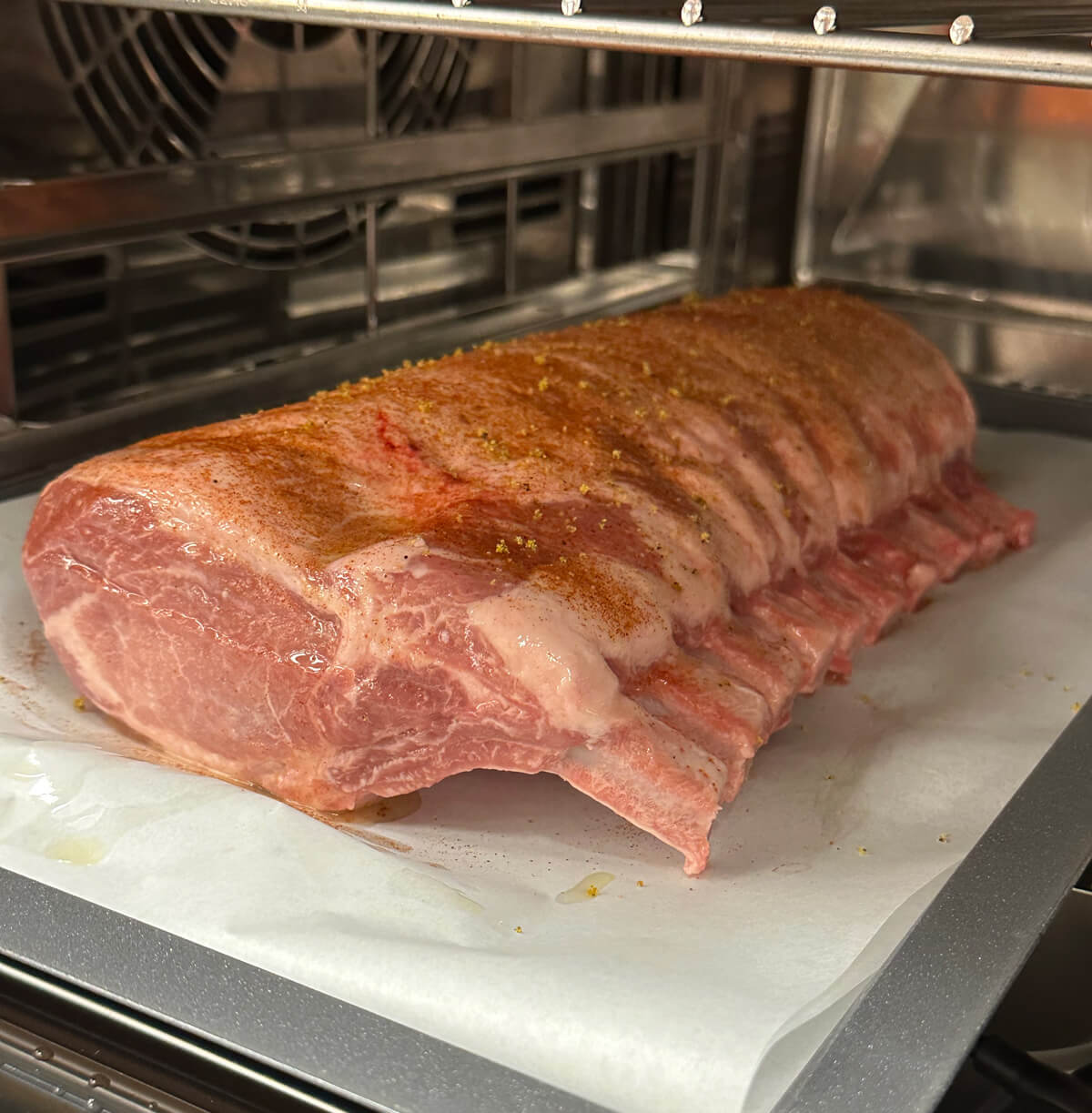Pork Steaks vs Pork Chops The Difference

The main difference between pork steaks and pork chops is they are two different cuts of meat from the pig.
pork steaks overview:
Pork steak is a cut of pork taken from the pork shoulder. This cut is also sometimes referred to as Boston butt or pork blade steaks. This is a very tender cut, is typically boneless and is the favorite for pulled pork recipes. For grilling purposes, ask your butcher to cut bone-in shoulder steaks that are a half-inch thick.
pork chops overview:
Pork chop is usually a bon-in pork cut taken from the loin region of the pig running from the hip to shoulder. Since, this is a long piece of meat pork chops are more versatile depending on where on the loin the chop comes from. Pork chops taken from the rib can have a lot of connective tissue and have a tendency to be tougher. These are leaner with less calories per pound. A nice pork chops recipe tends to inject lost of flavor into this leaner cut of pork.
The Differences between Pork chops & Pork Steaks:
Nutrition and flavor: Pork chops are lean meat cuts, which means they have less fat, less marbling and fewer calories per pound. This also means the flavor is more mild compared to the marbled and flavorful meat of pork steak cuts which come from the pork shoulder. When you cook pork chops, use flavorful marinades or dry rubs to help add more flavor to the lean meat.
Price: Each store will vary, but pork steaks tend to be much cheaper than pork chops. On average pork steaks are about half as much per pound vs pork chops.
Cut and location: Pork steaks are cut from the shoulder area of the pig, while pork chops are cut from the loin area of the pig.

Pork steaks are from the shoulder of the pig. Pork chops are cut from the loin area of the pig.
Bone: Pork chops are typically sold with a bone-in, while pork steaks may or may not have a bone.
Thickness: Pork steaks are typically thicker than pork chops, which can affect the cooking time and method.
Variety of cuts: Pork steaks are more uniform. Pork chops on the other hand have a large variety in cuts and the same cut can be defined by different names:

The loin has many different types of chops.
Shoulder Chops generally have more fat and connective tissue, darker-colored meat, and some blade bones. They typically have loads of flavor, but with that, you’ll also find more gristle and bone. For the best results, it should be braised before cooking.
Rib Chop comes with a large eye of lean loin meat and no tenderloin meat. It is a bone-in chop, often with a layer of fat on the outside. It’s mild and tender, but fattier than a loin chop. Given that rib chops are lean, it is recommended to use a quick-cooking method. Brining will also help keep the chops tender, but less necessary with compared to loin chops or boneless chops.
Boneless Chop are basically top loin or rib chops with the bones removed. Given the lack of bones, fat, or connective tissue, boneless cuts are typically less flavorful and more likely to dry out.
Loin (center cut) Chop is v lean and very mild pork flavor. Like a T-bone steak, pork loin chops come with loin on one side and tenderloin on the other. Typically, the more tenderloin that is present, the higher the cost. Because loin and tenderloin cook at different rates, cooking properly can sometimes be a challenge. Grilling, broiling, or sear-roasting these loin-chops is your best bet.
Ease of use: Despite potentially longer cook times due to the marbling, pork steak is considered much easier than pork chop to work with and cook since it can dry out less easily. As a rule, both cuts should be cooked to an internal temperature of 145 degrees Fahrenheit before you eat the cooked pork.
Flavor and texture: Pork steaks have more fat and marbling, which can give them a richer flavor and juicier texture. Pork chops are leaner and have a milder flavor. Because pork chops have less marbling you need to add more seasoning or marinades to inject flavor.
Cooking methods:
Due to their thickness and fat content, pork steaks are often best cooked low and slow, such as roasted. They are very popular for pulled pork recipes. Pork chops can be cooked using a variety of methods, including grilling, pan-frying, and baking.
Roasting Pork Chops.
Overall, while both pork steaks and pork chops are delicious cuts of meat each can be delicious when cooked in the right manner and with the right cooking method. Both pork steaks (shoulder) and pork chops (loin) should be cooked to 145 ºF as measured with a food thermometer before removing meat from the heat source, with a three-minute rest time before carving or consuming. This will result in a product that is both safe and at its best quality—juicy and tender.
When to use Pork steaks
Pork steaks are a good option for grilling, pan-frying, or baking, and have lots of rich flavor. Here are some specific occasions where pork steaks can be used:
Grilling: Pork steaks are a popular choice for grilling, as they cook quickly and are full of flavor. They can be marinated in a variety of sauces and seasonings before grilling to enhance their flavor.
Pan-frying: Pork steaks can also be pan-fried in a skillet or on a griddle. This method is a great option if you want to add a crispy crust to your pork steak.
Pulled pork: Pork steaks can be braised in the oven for fall apart tenderness and they can go into a toasted bun as a pulled pork sloppy Joe’s sandwich.
BBQ: Pork steaks are a popular choice for barbecue dishes, as they are juicy and flavorful. They can be slow-cooked on a smoker or grilled over charcoal for a smoky flavor.
In general, pork steaks are a good choice when you want a meaty, flavorful cut of pork that can be cooked in a variety of ways. They can be used in a variety of dishes, from classic barbecue to more modern, experimental dishes.
When to use pork chops?
Pork chops have more variety to them but you can never go wrong with tenderizing using a meat tenderizer or allowing them to marinade overnight. A good marinade should include pear or kiwi since these fruit release enzymes that break down the meat before cooking.
Pork chops can be braised in a flavorful liquid, such as chicken broth, beef broth wine, or apple cider. A braised pork chops recipe results in a tender, juicy pork chop with a rich, savory flavor.
Tips for cooking Pork Chops
Thicker pork chops are better. The thicker pork chops are more forgiving when cooking, so try to purchase double-cut pork chops (which are cut twice as thick as thin ones) or ones that are at least 1 1/2 inches thick. Also, the bone-in pork chops have more fat around the bone and tend to cook with more flavor.
Marinade or brine them. Submerging your pork in a brine solution helps to keep the meat moist and offer a bigger buffer against overcooking. Plus, it injects flavor into this mild-tasting meat!
Don’t overcook your chops. For the quick-cooking loin and rib chops, be very careful not to overcook and dry out the meat. The USDA says to cook the chops between 145 and 160°F and let them rest a few minutes before serving.
Types of Pig Breeds and Their Flavors
Heritage Pig Breeds
Heritage pigs are a breed of pig that is not cross-bread with other breeds. These breeds include Berkshire, Red Wattle, and Duroc. These pigs have darker meat with richer flavor, juiciness, and marbling. The benefit to using these breeds of pig is there is no need to brine them or add marinades/sauces for tenderness since they come with so much flavor and juices naturally.
Non-Heritage Pig Breeds
Non-heritage pork refers to pork that comes from pig breeds that are not considered heritage breeds, meaning they are typically commercially bred pigs raised for rapid growth and lean meat production, often with less flavor and marbling. If cooking with this more common type of pork a brine is best.